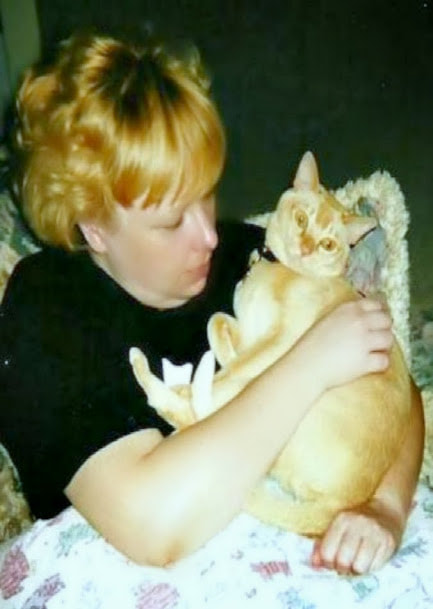|
Having evolved as a desert species cats don't have a strong thirst drive. In nature they get most but not all of their water requirements from the prey they consume. I have had cat sitting clients who believe that their cat does not need water because they never see them drink!
But cats, like all living things, do need water and there are even times when cat owners may need to encourage their cats to drink more fluids. Examples of this include but are not limited to:
TYPE OF WATER BOWL Choose a bowl from which your cat will want to drink from.
NUMBER OF WATER BOWLS Have several water bowls so that your cat does not need to go far to find one.
LOCATION OF WATER BOWLS Choose a good location for your water bowls.
KEEP THE BOWLS CLEAN Be sure to wash your cat's water bowls every day and refill with fresh water. Use a tiny amount of dish liquid and a scrubbling pad to clean the water bowl and throughly rinse before refilling, DIFFERENT TYPES OF WATER Consider experimenting with different types of water – see if your cat has a preference. Many cats do not like heavily fluorinated water. Try:
OTHER LIQUIDS TO TRY
0 Comments
Leave a Reply. |
AuthorElizabeth Llewellyn lives in South Burlington, Vermont with her three cats. She has owned a cat sitting service since 2002 and has worked professionally with cats in a variety of settings including, veterinary, boarding and breeding catteries, and rescue organizations. Elizabeth is a qualified feline welfare and behaviour specialist. Archives
July 2024
Categories |

 RSS Feed
RSS Feed